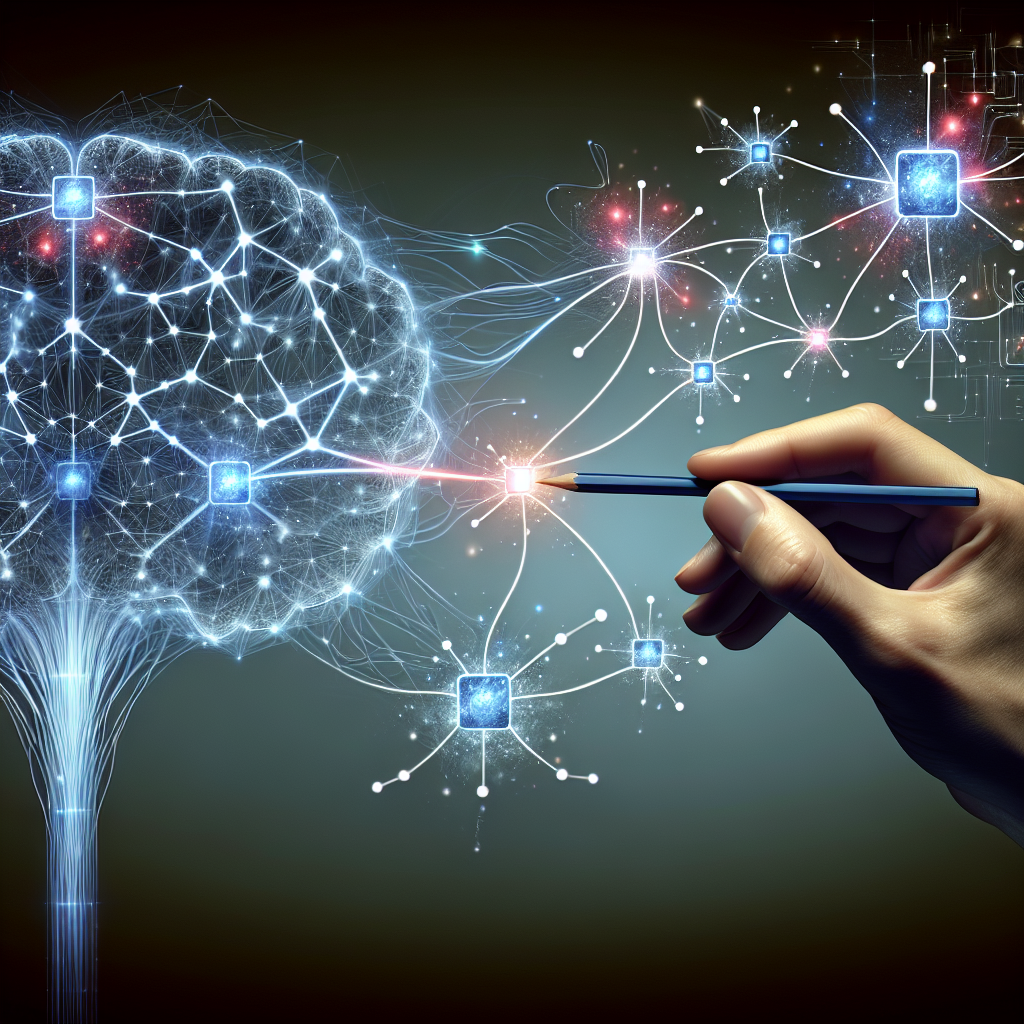October 7, 2024
Exploring Multi-Agent Reinforcement Learning
Book a Demo
Multi-Agent Reinforcement Learning (MARL) is an advanced area of artificial intelligence where multiple agents learn to make decisions by interacting with their environment and each other. This approach is crucial for solving complex problems that require collaboration or competition among agents, such as in autonomous systems and smart technologies. As industries increasingly rely on intelligent systems, understanding MARL becomes essential for innovation and efficiency.
Fundamentals of Multi-Agent Reinforcement Learning
At its core, MARL extends the principles of reinforcement learning to multi-agent systems. In traditional reinforcement learning, a single agent learns by interacting with its environment, receiving feedback in the form of rewards or penalties, and adjusting its actions to maximize cumulative rewards. In MARL, multiple agents are involved, each with its own learning process. These agents must not only learn from their interactions with the environment but also adapt to the actions and strategies of other agents. This creates a dynamic and complex learning landscape where agents must balance individual goals with group dynamics. Key concepts in MARL include policy learning, where agents develop strategies for decision-making, value functions that estimate the expected rewards of actions, and the exploration-exploitation trade-off, which involves balancing the exploration of new strategies with the exploitation of known successful ones.
Competitive vs. Cooperative Environments in MARL
MARL environments can be broadly categorized into competitive, cooperative, or mixed settings. In competitive environments, agents vie against each other to achieve individual goals, often seen in scenarios like games, financial markets, or resource allocation. Here, agents must anticipate and counteract the strategies of their opponents, requiring sophisticated modeling of other agents’ behaviors. In contrast, cooperative environments necessitate collaboration among agents to achieve a shared objective. Examples include multi-robot coordination, where robots work together to complete tasks, or distributed sensor networks that collectively monitor an area. Mixed environments present a combination of both competitive and cooperative elements, adding layers of complexity as agents must decide when to compete and when to collaborate. Understanding these dynamics is crucial for designing effective MARL systems.
Applications of MARL in Autonomous Driving
Autonomous driving is a prime example of MARL’s potential. Vehicles must navigate complex traffic scenarios, interact with other vehicles, and adapt to changing conditions. MARL enables autonomous vehicles to learn from each other, improving decision-making and safety. Techniques such as decentralized learning and communication protocols are critical in this domain. In autonomous driving, vehicles operate in a shared environment where they must make real-time decisions based on the behavior of other vehicles, pedestrians, and infrastructure. MARL facilitates the development of decentralized learning algorithms, allowing each vehicle to independently learn and adapt while sharing information with others. This collaborative learning approach enhances traffic flow, reduces accidents, and optimizes fuel efficiency. Moreover, MARL can support the integration of autonomous vehicles with smart city infrastructure, enabling seamless communication and coordination between vehicles and traffic management systems.
Drone Swarming and MARL
Drone swarming leverages MARL to coordinate multiple drones in tasks like surveillance, search and rescue, and delivery. By learning to collaborate, drones can efficiently cover large areas, avoid collisions, and adapt to mission changes. MARL algorithms facilitate real-time decision-making and adaptability in dynamic environments. In drone swarming, each drone acts as an autonomous agent, equipped with sensors and communication capabilities. MARL enables these drones to learn cooperative behaviors, such as formation flying, obstacle avoidance, and target tracking. Through continuous learning and adaptation, drone swarms can optimize their performance in diverse missions, from environmental monitoring to disaster response. The ability to dynamically adjust strategies based on real-time data allows drone swarms to operate effectively in unpredictable and rapidly changing environments.
MARL in Smart Grids
Smart grids benefit from MARL by optimizing energy distribution and management. Agents represent different grid components, such as power plants and consumers, learning to balance supply and demand efficiently. MARL helps in reducing energy waste, integrating renewable sources, and enhancing grid resilience against disruptions. In smart grids, MARL facilitates the coordination of distributed energy resources, such as solar panels, wind turbines, and battery storage systems. By learning to predict energy consumption patterns and respond to fluctuations in supply and demand, MARL agents can optimize the allocation of resources, minimize energy losses, and ensure grid stability. Additionally, MARL supports the integration of renewable energy sources by enabling adaptive control strategies that accommodate the variability and intermittency of renewable generation. This enhances the sustainability and reliability of smart grids, contributing to a more efficient and resilient energy infrastructure.
Multi-Agent Reinforcement Learning is a powerful tool for developing intelligent systems capable of tackling complex, real-world challenges. Its applications in autonomous driving, drone swarming, and smart grids demonstrate its versatility and potential to transform industries. As research advances, MARL will continue to drive innovation in intelligent systems, offering new opportunities for enhancing efficiency, safety, and sustainability across various domains. By harnessing the capabilities of MARL, industries can unlock the full potential of intelligent systems, paving the way for a future where autonomous agents collaborate seamlessly to solve complex problems and improve our daily lives.
Connect with our expert to explore the capabilities of our latest addition, AI4Mind Chatbot. It’s transforming the social media landscape, creating fresh possibilities for businesses to engage in real-time, meaningful conversations with their audience



